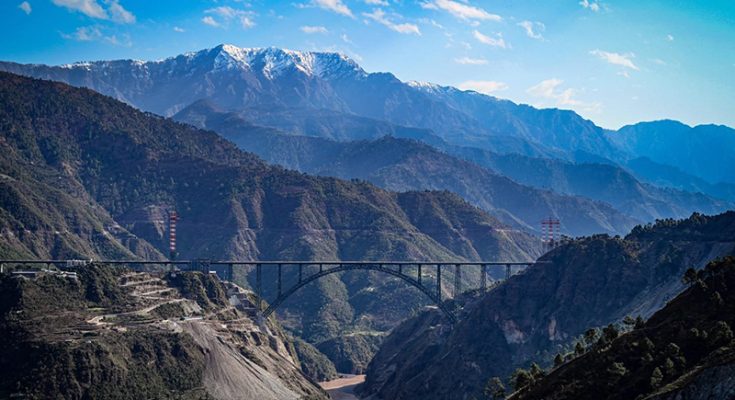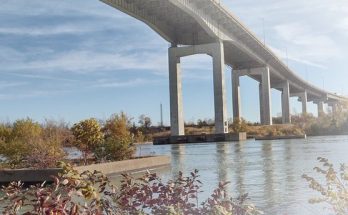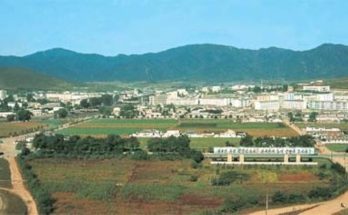IBNS: Hailed as an engineering marvel, the Chenab Rail Bridge is a steel and concrete arch bridge between Bakkal and Kauri in the Reasi district of the Jammu Division of Jammu and Kashmir, spanning the Chenab River at a height of 359 m above the river, making it the world’s highest rail bridge.
In November 2017, the base supports were declared completed allowing for the start of the construction of the main arch. The bridge was fully completed and was inaugurated in August 2022 amid expectations that it would open to rail traffic by Dec 2023 or by Jan/Feb 2024.
CNN in its travel section this week paid a tribute to the bridge as it wrote: “India is now home to the world’s tallest railway bridge. Some 29 meters (over 95 feet) taller than the Eiffel Tower, the Chenab Bridge sits 359 meters (around 1,180 feet) above the Chenab River in India’s contentious Jammu and Kashmir region.”
It wrote: “For India’s Prime Minister Narendra Modi, who swept to power in 2014 on a ticket of nationalism and a promise of future greatness, investments in infrastructure like the Chenab Bridge and the broader rail link project can be seen as a powerful tool for social integration and political influence, connecting disparate regions with key cities”
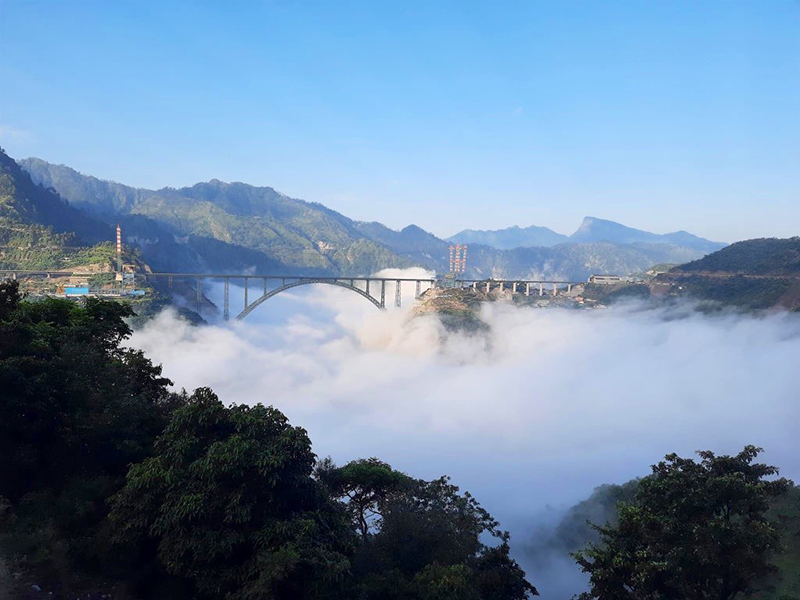 Image: Wikimedia Commons
Image: Wikimedia Commons
“The bridge and the greater connectivity it’s meant to create will be projected by New Delhi as another big victory for the region’s development,” said Michael Kugelman, director of the South Asia Institute at the Wilson Center, quoted CNN.
While CNN like a trademark Western media did not forget to mention how the bridge is meant to control the restive region, it admitted it as a big leap forward for India’s railway network and infrastructure development besides connecting Kashmir with mainstream India in a better way.
The bridge will boost agriculture and industry.
“We are getting lot of problems going across the road,” Anil Kumar Mehendru, vice president of the New Kashmir Fruit Association, told CNN. “Once we will be connected by train with the rest of India, it will be a big boost to this industry, agriculture as well as fruit,” he told the American TV network.
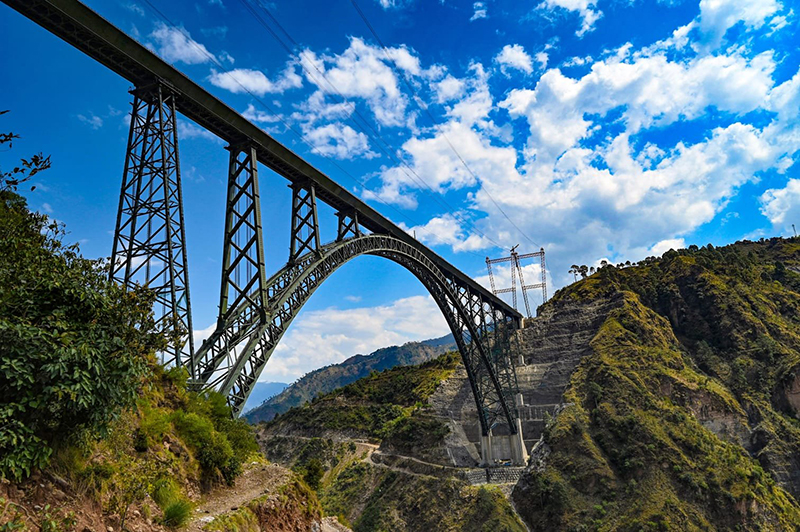 Image: Wikimedia Commons
Image: Wikimedia Commons
After many deliberations, taking into account aesthetics, economy, and availability of local expertise and construction materials, the Chenab Rail Bridge was designed as a large span single arch steel bridge with approach viaducts on either side. The arch is two-ribbed, fabricated from large steel trusses.
The chords of the trusses are sealed steel boxes, internally stiffened and filled with concrete to assist in controlling wind-induced forces on the bridge. Another advantage of concrete filling is that internal painting will not be required.
Part of the Udhampur-Srinagar-Baramulla rail link project (USBRL), the bridge set an important construction milestone with completion of the steel arch last year. This was one of the most difficult parts of the bridge over Chenab.
This achievement is a major leap towards the completion of the 111 k.m. long winding stretch from Katra to Banihal. It is arguably the biggest civil-engineering challenge faced by any railway project in India in recent history.
The 5.6-metre last piece of metal was fitted at the highest point in April 2021 and joined the two arms of the arch that currently stretch towards each other from both the banks of the river.
This completed the shape of the arch that will then loom over the treacherous Chenab, flowing some 359 metres below.
Unique Features of This Bridge:
Bridge designed to withstand high wind speed up to 266 Km/Hour.
Bridge designed for blast load in consultation with DRDO for the first time in India.
Bridge will remain operational at a restricted speed of 30 Km/Hour even after removal of one pier/trestle.
Bridge designed to bear earthquake forces of highest intensity zone-V in India.
First time on Indian Railways, Phased Array Ultrasonic Testing machine used for testing of welds.
First time on Indian Railways, NABL accredited lab established at site for weld testing.
Approx. 584Km welding is done to join the different parts of the structure, which is to the tune of distance between Jammu Tawi to New Delhi.
Height of the cable crane’s pylon at Srinagar End is 127m, which is much taller than Qutub Minar of 72m.
Launching of curved viaduct portion done for first time on Indian Railways using End Launching Method.
Extensive health monitoring and warning systems planned through state of art instrumentation.
#ChenabBridge, #IndianRailway, #Kashmir, #JammuKashmir, #TallerThanEiffelBridge

